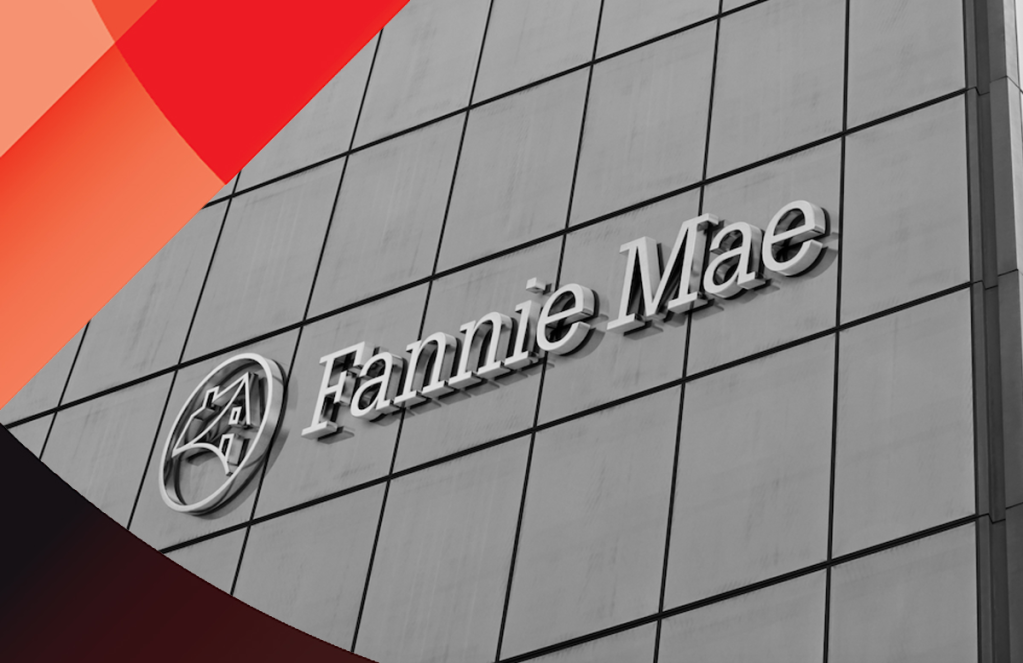
How much does a typical low-income first-time homebuyer with a Fannie Mae-backed mortgage bring to the closing table?
According to Fannie Mae, in a working paper entitled “Mortgage costs as a share of housing costs—placing the cost of credit in broader context,” the average low-income, first-time homebuyer has about $28,000 for a down payment.
The typical low-income first-time homebuyer with a Fannie Mae-backed mortgage also has a 747 credit score, the research paper shows. That’s significantly higher than 670, the average score of first-time homebuyers with an FHA-backed mortgage, or 677, the average FICO score of a Black borrower in 2021. In 2020, about 4% of Fannie Mae-acquired purchase loans went to Black borrowers.
Mark Palim, Fannie Mae deputy chief economist, said that he preferred not to “speculate” on “alternative borrower” profiles, and that the credit score in the profile is drawn from only those loans that were delivered to Fannie Mae in 2020.
“If you look at the credit profile, these are really strong loans in terms of credit score dimension,” Palim said. “I would be very happy with that credit score.”
Palim also noted that the research did not break out borrower profiles further, to examine pricing for Black borrowers or low-income borrowers with lower credit scores, because the search sought to explain complex concepts to people in disciplines other than housing, such as urban planning.
“We felt this was already a lot of detail for them to absorb, so we stayed at a high level for these groups,” Palim said.
An affordable housing advocate, who requested anonymity, called the report “stunning,” because it indicates Fannie Mae is only lending to low-income borrowers with the most pristine of credit histories.
“A low-income credit score of 747 is an indictment,” the person said.
Several fair housing experts interviewed declined to speak on the record, citing the need to study the report more closely. Some raised initial concerns, however, that the research does not include a fair lending analysis, did not break out borrower profiles by race, and focused on long-term housing costs, which is outside of Fannie Mae’s sphere of influence, rather than initial access to credit, of which it is a major driver.
Palim said that a fair lending analysis was outside of the scope of the research paper. While the researchers cite a number of outside experts it consulted, including the American Enterprise Institute and economists from both the Federal Housing Finance Agency and Fannie Mae, it did not consult with any fair lending experts.
An FHFA spokesperson declined to comment on the research.
The paper argues that while mortgage costs — including mortgage insurance, guaranty fees and loan-level price adjustments — are often the focus of policymakers looking to address affordability, other costs make up most of the overall cost of housing.
The Fannie Mae research shows that guaranty fees, including loan-level price adjustments, make up about 4% of the total cost of homeownership. Private mortgage insurance makes up about one to three percent of total costs, the report found.
Policymakers have focused on mortgage costs as a tool to increase credit availability for low-income borrowers and borrowers of color. Instead, according to Fannie Mae researchers, policymakers should turn their attention to other drivers of housing costs besides mortgage costs.
“First, our decomposition shows that policy efforts to ameliorate housing costs would be most effective by focusing on ways to reduce the largest components of overall costs,” the researchers write. “For ongoing non-mortgage costs in particular, expanding programs that help to reduce utility costs and limit property tax burdens for low-income households are obvious solutions.”
The federal government has no simple mechanism to reduce local property taxes or utility costs. The FHFA, which under Acting Director Sandra Thompson has had a renewed focus on affordability, has already taken a number of steps to address affordability through its oversight of the GSEs. Those steps include requiring the GSEs to submit equitable housing finance plans, and rejecting its Duty to Serve underserved market plans.
Thompson’s plans to address affordability also include a holistic review of GSE loan pricing. In January, FHFA said it would increase fees for second home loans and high-balance conforming loans.
Upfront fees for high balance loans will increase between 0.25% and 0.75%, tiered by loan-to-value ratio. For second home loans, the upfront fees will increase between 1.125% and 3.875%, also tiered by loan-to-value ratio. The increases are set to take effect in April.
Bob Broeksmit, CEO of the Mortgage Bankers Association, said at the time the pricing changes “should provide an opportunity for the GSEs to lower fees on the mission-centric portions of their businesses that primarily serve first-time and low- to moderate-income borrowers.”
Palim said that he “always hopes research informs policy decisions,” but that the research, which he started in 2018, was not prompted by FHFA or related to the review of GSE loan pricing.





